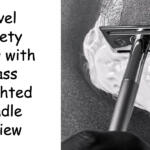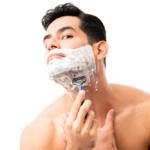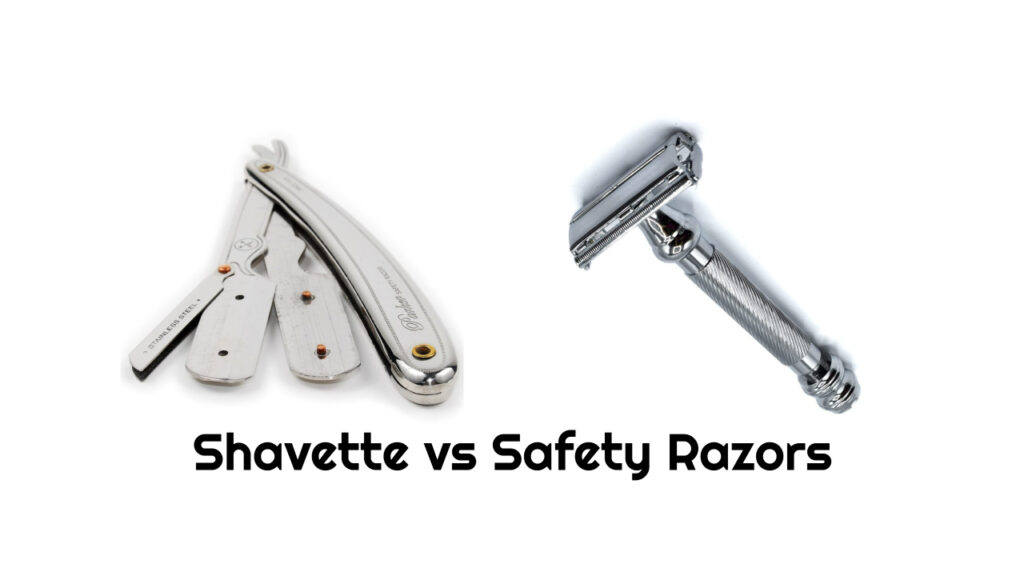
Are you looking for a smooth, close shave with no irritation? Are you stuck between the shavette and the safety razor?
Table Of Contents
−- Does a Shavette Provide a Better Shave Than a Safety Razor?
- Similarities between Shavettes and Safety Razors
- Differences Between a Shavette and Safety Razor
- Different Types of Blades for Shavettes and Safety Razors
- Advantages of a Shavette
- Disadvantages of a Shavette
- Advantages of a Safety Razor
- Disadvantages of a Safety Razor
- Tips for Using a Shavette
- Tips for Using a Safety Razor
- Maintenance of Both Razors
- Conclusion
If so, this blog post is for you. We’ll look at the differences between the two and provide tips on choosing the best for your needs.
Does a Shavette Provide a Better Shave Than a Safety Razor?
It is difficult to definitively answer this question as it depends largely on the user’s preferences and technique. Safety razors are generally easier to use and less likely to cause cuts, while shavettes require a more experienced hand and are harsher on the skin.
Shavette razors are generally superior in terms of weight, blade length, and gentleness on the skin, but they also require significant practice and precision. Ultimately, it comes down to personal preference and technique. Users of safety razors often report that they get a closer shave with less irritation compared to when using a shavette.
Similarities between Shavettes and Safety Razors
Shavettes and safety razors have a lot of similarities. Both require tiny disposable blades, so they’re easy to maintain and replace. They are also designed similarly, resembling classic-style straight razors.
Additionally, the blades used in shavettes are the same as those used for safety razors – one-half of a double-edged blade. This means that with the right technique, you can get a close and comfortable shave from either one of these tools.
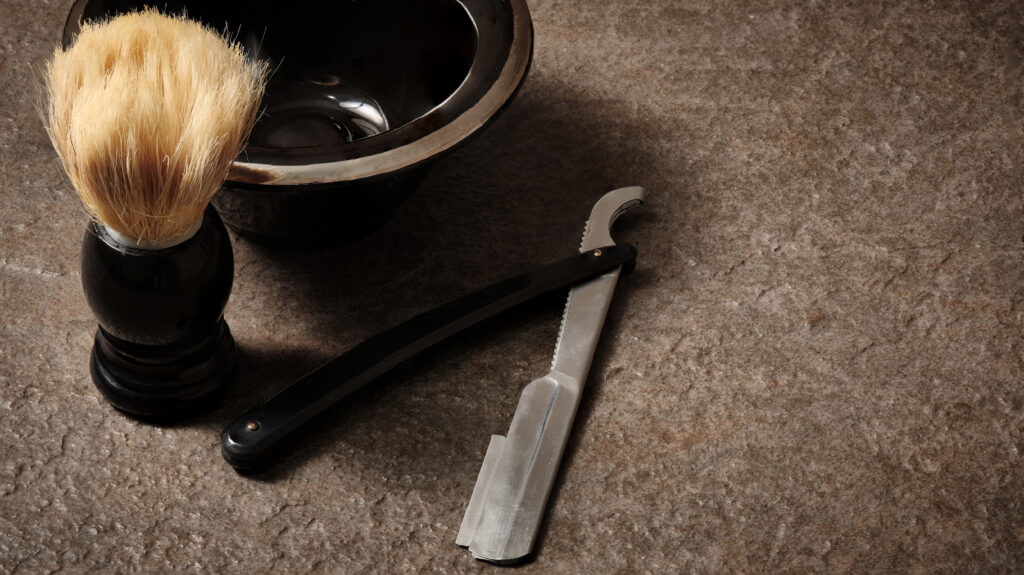
Differences Between a Shavette and Safety Razor
The biggest difference between a shavette and a safety razor is the type of blade used. A shavette uses disposable blades, while a safety razor uses a single blade that needs to be replaced or sharpened regularly.
The shavette is designed to look like a classic-style straight razor, and its metal blade is thicker, longer, and heavier to provide the perfect balance of safety and closeness of the shave.
On the other hand, a safety razor is purposely designed to protect your skin, making it easier to use with less risk of nicks, razor burns, or skin irritation.
The safety razor will be faster and more convenient in speed and efficiency, but it won’t give you as close a shave as the shavette.
Different Types of Blades for Shavettes and Safety Razors
There are many different types of blades available for shavettes and safety razors. Shavette razors tend to have a blade area that is smaller in size than safety razors and typically uses replaceable blades.
Safety razors usually use double-edge blades, which are typically more durable than single-edge blades. It is important to note that not all blades are compatible with every razor, so it is important to read the product description before purchasing to ensure the correct fit.
Unless you use a Dovo Shavette, which does use a double edge razor blade instead of a single
However, popular shavettes like Parker SR1 use a single-blade or a half-blade razor.
Advantages of a Shavette
The biggest advantage of using a shavette is its precision. Its blade is one-half of a double-edged (DE) blade, the same blade that safety razors use. This allows for more accuracy when shaving compared to safety razors.
It’s also beneficial if you want to get a closer shave, as safety razors are usually faster but not as precise. Additionally, if you are already accustomed to using a straight razor, a shavette will be much easier for you to transition to.
Disadvantages of a Shavette
One of the major drawbacks of using a shavette is that the process is slower than a quick shave with a safety razor. This is because the single-blade design allows for more precision when shaving but lacks the speed and efficiency of safety razors with double blades.
Additionally, because shavettes use disposable blades which are not as sturdy as the double blades found in safety razors, users must be extra careful not to press down too hard and risk cutting themselves. The risk of cuts can also be increased if the blade gets dull quickly due to overuse or improper maintenance.
Therefore, it is important to be mindful of the pressure applied and regularly replace blades when necessary to ensure a safe shaving experience.
Advantages of a Safety Razor
The biggest advantage of using a safety razor is that it requires much less skill and practice to get a smooth shave than a shavette. Safety razors are also faster and more convenient for most people. They have longer and better blades than shavettes and are milder on the skin, which can reduce irritation and razor burn.
Additionally, safety razors are less dangerous than shavettes because they don’t require you to use such precise motions. Finally, safety razors are much more accessible than shavettes, making them the preferred razor for many people.
Disadvantages of a Safety Razor
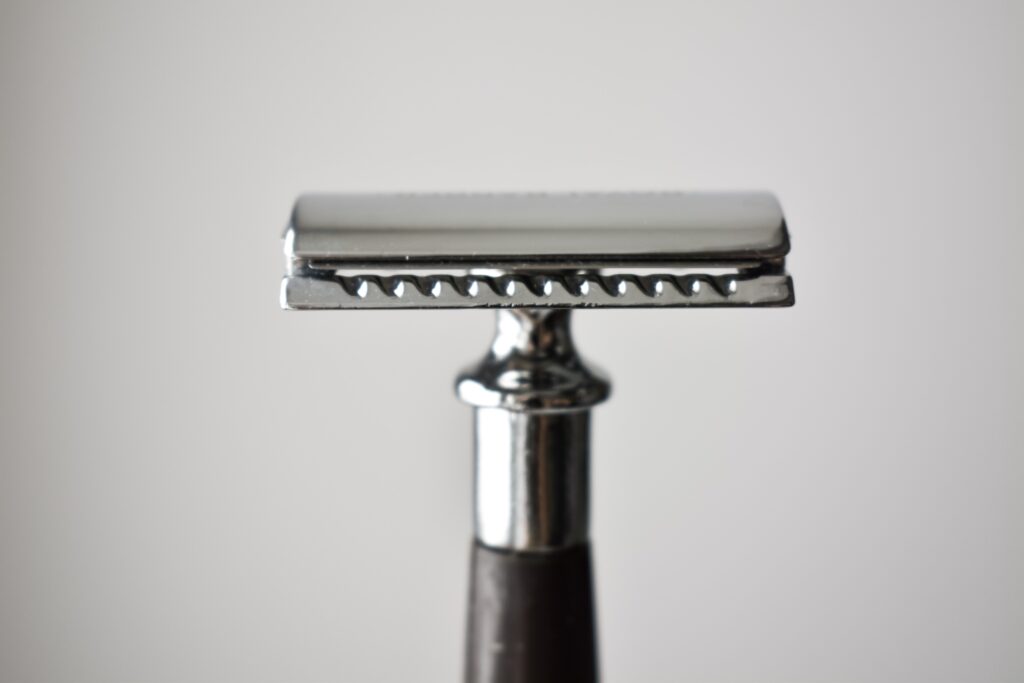
Safety razors are more intuitive to use and can be more cost-effective than a straight razor or cartridge system, but there are also a few drawbacks. The blades of a safety razor can be more expensive than disposable razors, as they must be replaced regularly.
Additionally, the blades of a safety razor cannot be used with a shavette, so if you’re looking for the convenience of switching between the two, this isn’t an option.
Safety razors also require more maintenance and care than disposable or cartridge razors to ensure they last longer.
Finally, safety razors are not as quick to use as disposable or cartridge razors and may require more time and patience while shaving.
Tips for Using a Shavette
Using a shavette requires more precision and practice than a safety razor, so it’s important to take your time. Make sure you grip the handle well and use slow, steady strokes with each pass. It’s also important to keep the blade slightly angled away from your skin and to avoid pressing too hard.
Finally, use short strokes on bony areas such as your chin and jawline to prevent nicks and cuts. If you take the time to practice and follow these tips, you’ll be able to enjoy a smooth, close shave every time.
With the right technique, shavettes can provide an even closer shave than safety razors while still giving you that classic barbershop look.
Tips for Using a Safety Razor
When using a safety razor, it is important to take time and use a light touch. Unlike a shavette, the safety razor design protects the skin from the blade gliding over it, so it is easier to control the pressure and avoid nicks and cuts.
Another tip is to use shorter strokes when shaving with a safety razor, which will help achieve a closer cut. Rinse off the blade after each stroke for optimal performance and cleanliness.
Finally, use shaving cream or gel for the best results, which will help soften the hair and provide better protection from cuts and irritation.
Maintenance of Both Razors
Regarding maintenance, the shavette and the safety razor require some upkeep. The shavette only needs to have its blade changed regularly, while the safety razor must be cleaned and the blade replaced after each shave.
Both razors should also be kept dry and stored safely away from moisture. Both razors can provide a great shave and last many years with proper maintenance.
Conclusion
In conclusion, both shavette and safety razors have their advantages and disadvantages. It all depends on your needs, preferences, and skill level. Shavettes offer convenience and affordability with a bit more of a learning curve, while safety razors require more practice but offer a closer shave with less risk of nicks or cuts. Whichever tool you choose, practice good maintenance to keep your razor in top condition for the best shave possible.
Last update on 2024-04-19 / Affiliate links / Images from Amazon Product Advertising API
Affiliate Disclosure: This post contains affiliate links, which means I may receive a small commission, at no extra cost to you, if you make a purchase using these links.

Jay Kang
Just because i'm asian does not mean I don't need shaving. I always wanted to grow a beard when I was young, now I need to shave because hair growth for me is a problem. I'm going through what every man will and has gone through before.




